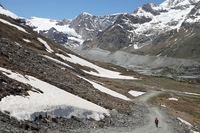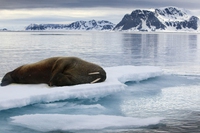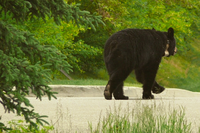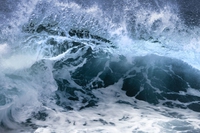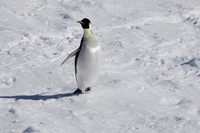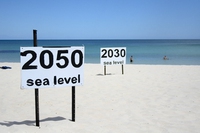
On the Trails of the Glaciers. The expedition to Patagonia has started
Mettere a confronto foto di ghiacciai oggi con quelle di 60 anni fa, è il modo migliore per dimostrare come il riscaldamento globale stia cambiando la morfologia delle catene montuose più importanti del mondo.

